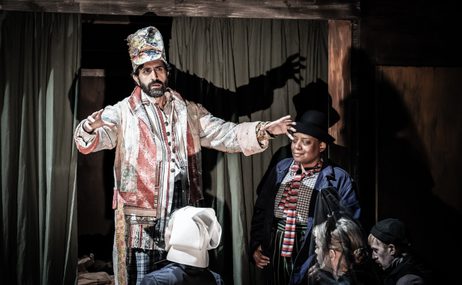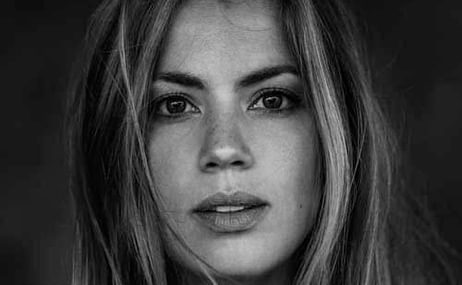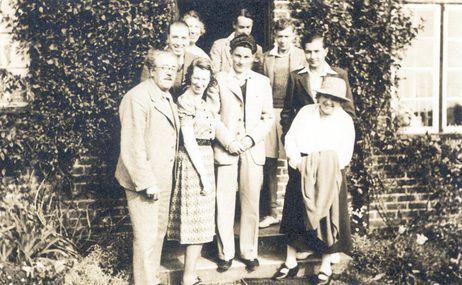Presented by Guy Johnston
Britten had more or less abandoned solo instrumental music since around the 1930s, with only the occasional piece appearing in the subsequent decades. After he met the cellist Mstislav (‘Slava’) Rostropovich in 1960, however, his interest was thoroughly reignited – Rostropovich became the person Britten composed for most after Pears. As a muse, ‘Slava’ was thoroughly individual: his vibrant, emotional style of playing (as well as his vibrant, emotional personality) utterly captivated Britten and as can be seen in photographs of the two men, they were delighted by each other’s company and musicianship. Rostropovich commented to Britten during a rehearsal of Schubert’s Arpeggione Sonata, ‘If you play the opening theme as beautifully as that, how on earth am I supposed to enter?!’ While Britten said Slava had ‘freed one of [his] inhibitions (writing instrumental music). He’s a gloriously uninhibited musician himself, with this enormous feeling of generosity you get from the Best Russian players, coming to meet you all the way…’.
The Sonata in C was the first piece Britten composed for him and they rehearsed together in Britten’s studio in 1961, the same location of today’s film which is introduced by cellist Guy Johnston. It was performed for the first time in the Jubilee Hall during that year’s Aldeburgh Festival, and was so well-received by the audience, they demanded the final two movements as an encore. The presence of Rostropovich is palpable throughout the piece – from the ‘Dialogo’ first movement, literally a conversation between the two instruments, to the finale, described by Britten as ‘frequently changing its character, now high and expressive, now low and grumbling, now gay and carefree’. Rostropovich’s wife Galina Vishnevskaya felt that this movement in particular represented Rostropovich’s own mercurial nature very well.
In this week’s film, we are delighted to include excerpts from Guy Johnston’s recording of the work with Kathryn Stott (with thanks to Orchard Classics), as well as some other extracts played live in the Studio.

74th Aldeburgh Festival
09 – 25 June 2023
A Song at The Red House: 'Tell me the Truth About Love', by Benjamin Britten
Soprano Elise Caluwaerts performs one of Britten's cabaret songs, with a witty text by WH Auden. Accompanied by Lucy Walker on Britten's Steinway piano…
Work of the Week 24. Violin Concerto
Presented by Roger Wright
